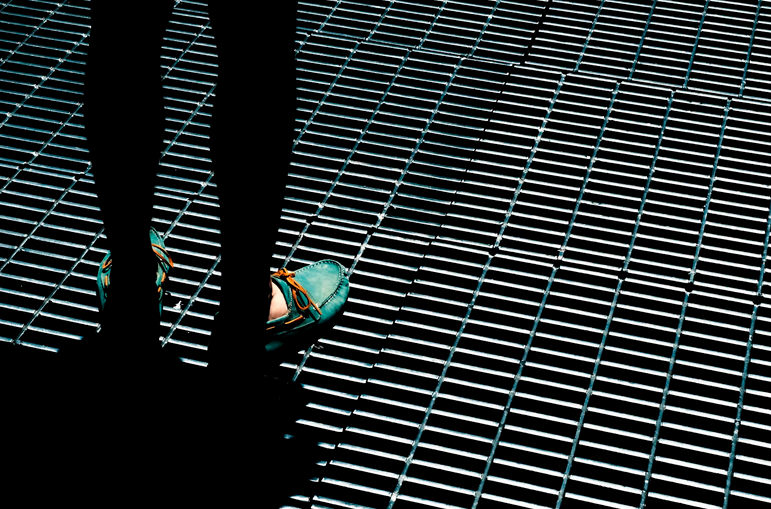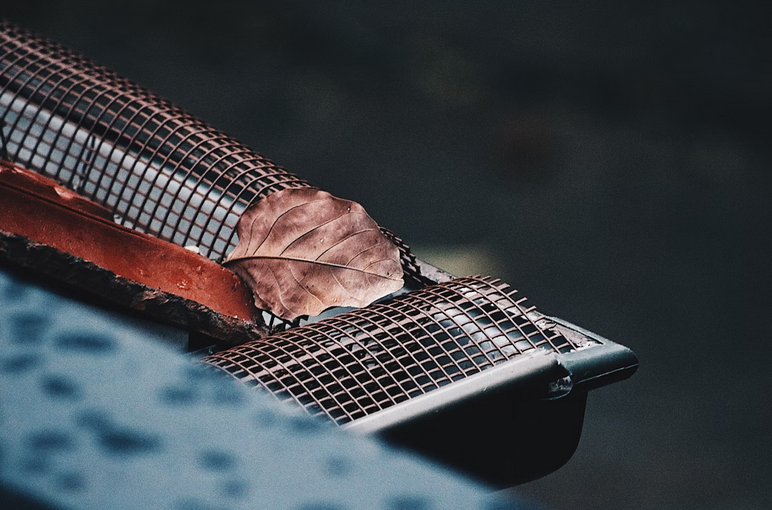
Blunders to Avoid When Installing Grates
Grates are essential components in various settings, such as drainage systems, sidewalks, and outdoor spaces. The proper installation is crucial for functionality, safety, and aesthetics. However, there are common mistakes that can occur during the installation process, leading to issues and potential hazards. To ensure a seamless and successful installation of grates, it’s important to be aware of these blunders and avoid them at all costs. Here are some blunders to avoid when installing grates.
Incorrect Placement
One of the most common blunders when installing grates is placing them in the wrong location. Improper placement can obstruct drainage flow, create safety hazards, or interfere with the overall design of the space. Before installation, carefully plan the placement of grates to guarantee proper function and alignment with the surrounding area.
Poor Drainage Design

Inadequate drainage design can lead to water pooling, flooding, and erosion around the grates. Ensure that the drainage system is properly designed to facilitate the flow of water away from the area. Of course, this won’t be much of an issue if you feuerverzinkte Gitterroste bei Böwe kaufen. Consider factors such as slope, size of the grate openings, and capacity to prevent drainage issues.
Incorrect Size
Using grates that are too small or too large for the opening can impede proper drainage and pose safety risks. Measure the dimensions of the opening accurately and choose grates that fit securely without gaps or overlap. Selecting the right size of grates is essential for efficient water drainage and preventing debris accumulation.
Inadequate Support
Failing to provide adequate support for the grates can lead to instability, shifting, or damage over time. Ensure that the underlying structure or frame is sturdy enough to support the weight of the grates and withstand external forces. Proper support will enhance the durability and longevity of the grates.
Irregular Maintenance

Neglecting regular maintenance of grates after installation can lead to clogging, rusting, or deterioration. Clean the grates periodically to remove debris, dirt, and other obstructions that may affect drainage. Look for signs of wear and tear and address any issues promptly to maintain optimal performance.
Ignored Safety Regulations
Failure to follow safety regulations and guidelines when installing grates can pose risks to pedestrians, vehicles, and the environment. Familiarize yourself with local codes and standards for grate installations, including load-bearing capacity, slip resistance, and accessibility requirements. Complying with safety regulations will help prevent accidents and ensure compliance with legal requirements.
Avoiding these blunders when installing grates is essential to ensuring functionality, durability, and safety. By paying attention to placement, drainage design, size, support, maintenance, and safety regulations, you can achieve a successful installation that enhances the efficiency and aesthetics of your space. Remember to plan carefully, follow best practices, and seek professional guidance if needed to avoid costly mistakes and optimize the performance of your grates.

